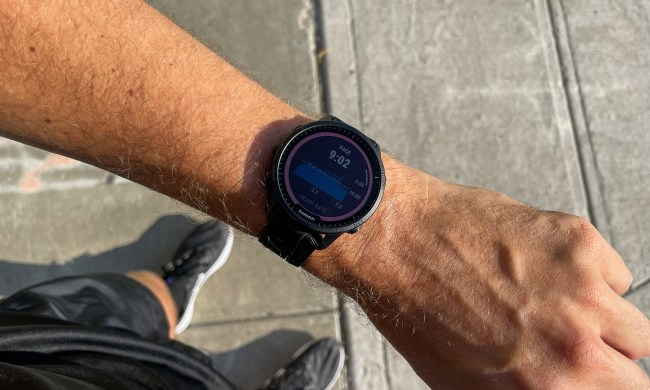When people talk about technology being a “lifesaver,” it’s usually hyperbole — meaning that it shaves a few minutes off a particular task or lets them reply to an email from their boss while in the car. But wearable devices really can save lives. For example, the Apple Watch’s heart rate reader has already led to individuals with potentially fatal conditions seeking medical attention. Now, a team from the Institute of Software Research at Carnegie Mellon University has developed a wearable device that’s capable of detecting an opioid overdose and sending out an alert to medical personnel. With the scale of opioid addiction hitting crisis levels in the United States, this could have the makings of a truly transformational technology.
“The problem with opioid overdose deaths is that there is a narrow window of time to save them, and the users will not be in a state to call for help themselves,” Puneetha Ramachandra, a CMU student who worked on the project, told Digital Trends. “Our device solves this by continuously monitoring the user’s health, and if an overdose is detected, it calls for immediate help by sounding an alarm and also contacting the user’s emergency contact.”
The device, currently still in prototype, resembles a smartwatch. It functions by using pulse oximetry, a noninvasive method for monitoring a person’s levels of oxygen saturation, to measure light reflected back to the sensor from a wearers’ skin. During an opioid overdose, a person’s drive to breathe reduces. Therefore, the amount of oxygen in their blood also drops. In the event that their blood oxygen level drops for more than 30 seconds, the wearable opioid overdose detector triggers its alarms. In doing so, the hope is that medical personnel will be able to respond more quickly, administer the drug naloxone — which reverses the effects of opioids by binding to the opioid receptors — and attempt to reverse the overdose.
As useful as the technology could prove, however, it may still be a while before it appears on the market. Validating efficacy is not easy when there are stringent regulations and protocols in place that regulate such experiments. While the wearable has been successfully demonstrated on simulated overdoses, the hope is to be able to extend this to a more rigorous clinical trial.
“The plan is to create blueprints for mass production, and get the device certified, which in itself is a challenging task,” Ramachandra said. “Once this is done, the initial goal is to sell the device in a small scale, and also distribute it through needle exchange programs by subsidizing it. Based on the feedback from the end users, we plan to upgrade the device and increase production scale.”


